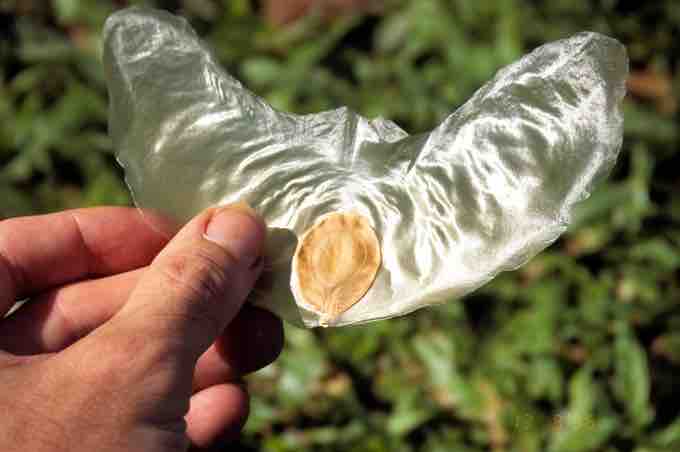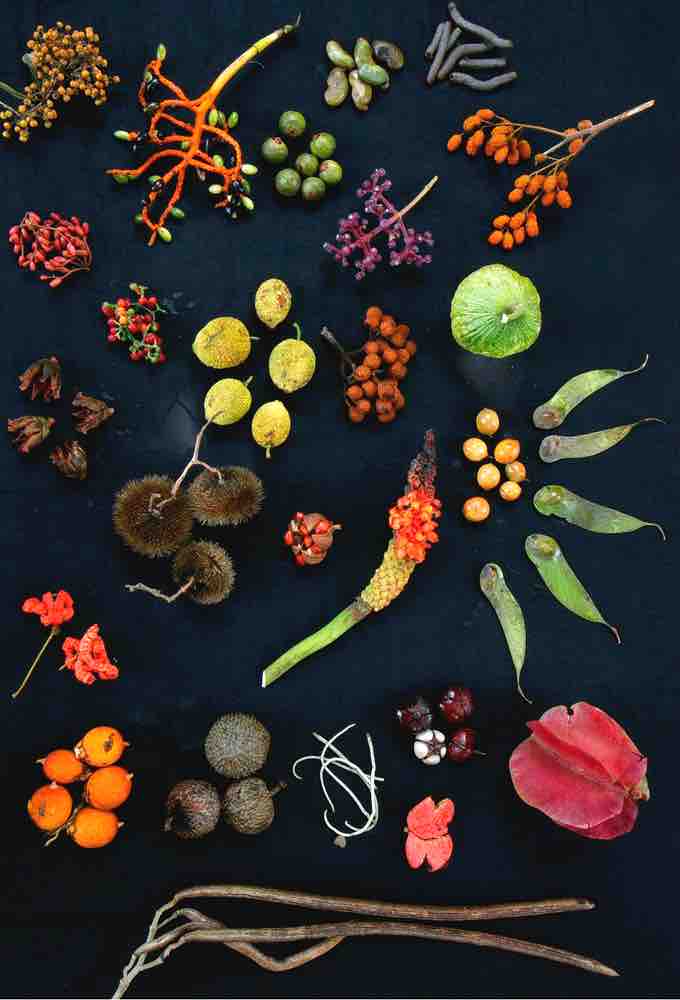Fruit
In botany, a fertilized, fully-grown, and ripened ovary is a fruit. As the seed develops, the walls of the ovary in which it forms thicken and form the fruit, enlarging as the seeds grow. Many foods commonly-called vegetables are actually fruit. Eggplants, zucchini, string beans, and bell peppers are all technically fruit because they contain seeds and are derived from the thick ovary tissue. Acorns are nuts and winged, maple whirligigs (whose botanical name is samara) are also fruit. Botanists classify fruit into more than two dozen different categories, only a few of which are actually fleshy and sweet.
Mature fruit can be fleshy or dry. Fleshy fruit include the familiar berries, peaches, apples, grapes, and tomatoes. Rice, wheat, and nuts are examples of dry fruit. Another distinction is that not all fruits are derived from the ovary. For instance, strawberries are derived from the receptacle, while apples are derived from the pericarp, or hypanthium. Some fruits are derived from separate ovaries in a single flower, such as the raspberry. Other fruits, such as the pineapple, form from clusters of flowers. Additionally, some fruits, like watermelon and oranges, have rinds.
Regardless of how they are formed, fruits are an agent of seed dispersal. The variety of shapes and characteristics reflect the mode of dispersal, whether it be wind, water, or animals . Wind carries the light dry fruit of trees and dandelions . Water transports floating coconuts. Some fruits attract herbivores with color or perfume, or as food. Once eaten, tough, undigested seeds are dispersed through the herbivore's feces. Other fruits have burs and hooks to cling to fur and hitch rides on animals.

Wind dispersal
The winged shape of Alsomitra macrocarpa's seeds allow them to use wind for dispersal. They can, therefore, glide for great distances.

Fruit dispersal
A fruit's distinctive shape and specialized characteristics will determine its dispersal mechanism.